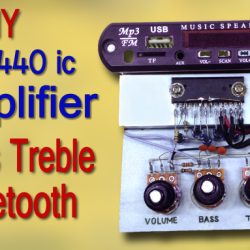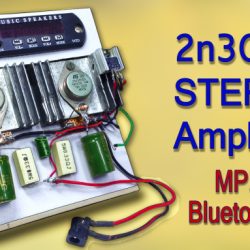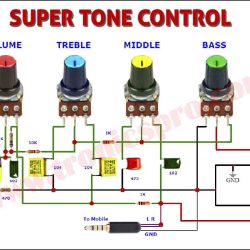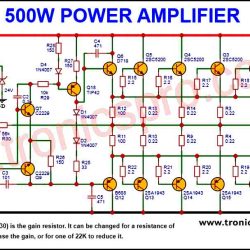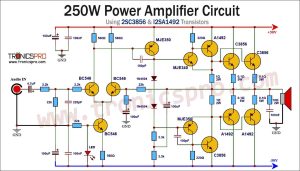Introduction
Battery Management Systems or BMS play a critical role in ensuring the longevity and safety of lithium-ion batteries. The 3S BMS circuit is an effective management system intended for lithium-ion batteries which includes monitoring voltage levels and cell balancing. It is a reliable and efficient way to provide protection and safety. In this article, we’ll learn how to build a 3S BMS circuit for 18650 Li-ion Cell DIY using LM339 IC, LM317 IC, and BD140 transistors. We’ll also describe these components individually.
LM339 IC
LM339 is a quadruple independent differential comparator that is designed to operate from a single power supply. Its low power consumption makes it an attractive option for battery management applications.
The LM339 IC comes with two voltage inputs and an output, so it can compare two inputs and give an output based on the comparison. It can compare voltage both in DC and AC mode. The output of the LM339 is open-drain, meaning it is only able to drive to low levels. It is necessary to add an external pull-up resistor to obtain the desired output level.
LM317 IC
LM317 is a three-terminal positive voltage regulator designed to provide an output voltage that is adjustable over a range of 1.2V to 37V. It is often used as a .5A adjustable power supply. LM317 IC can be used as both current and voltage regulators. When used as a voltage regulator, it can be set to output a precise voltage by adjusting its voltage divider.
BD140 Transistors
BD140 is a PNP transistor used for amplification and switching purposes. It is widely used in audio amplification and power supply circuits. The transistor has a maximum collector current of 1.5A which makes it perfect for designing battery management circuits. BD140 transistor comes in a TO-126 package which makes it easy to use in a circuit.

Circuit Diagram of 3S BMS for 18650 Li-ion Cell
This project can be designed using a few basic components. The circuit diagram of this project is shown below.
More Circuit Layouts

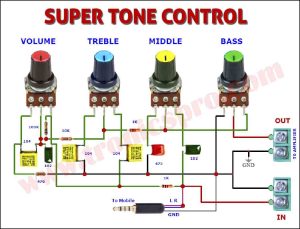
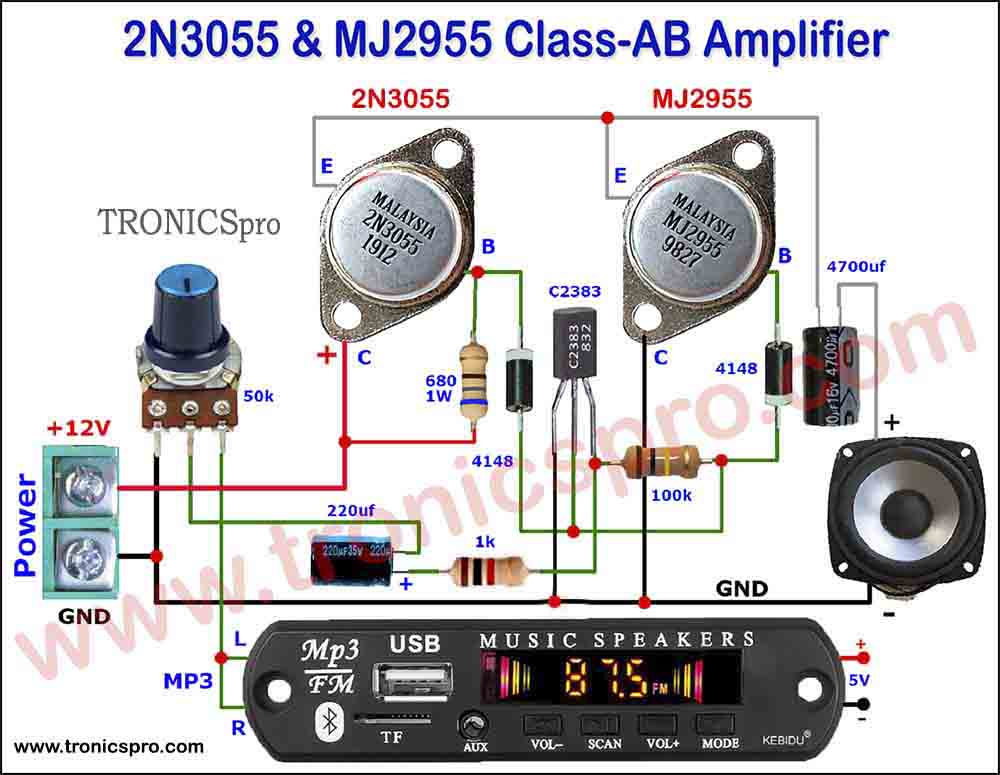

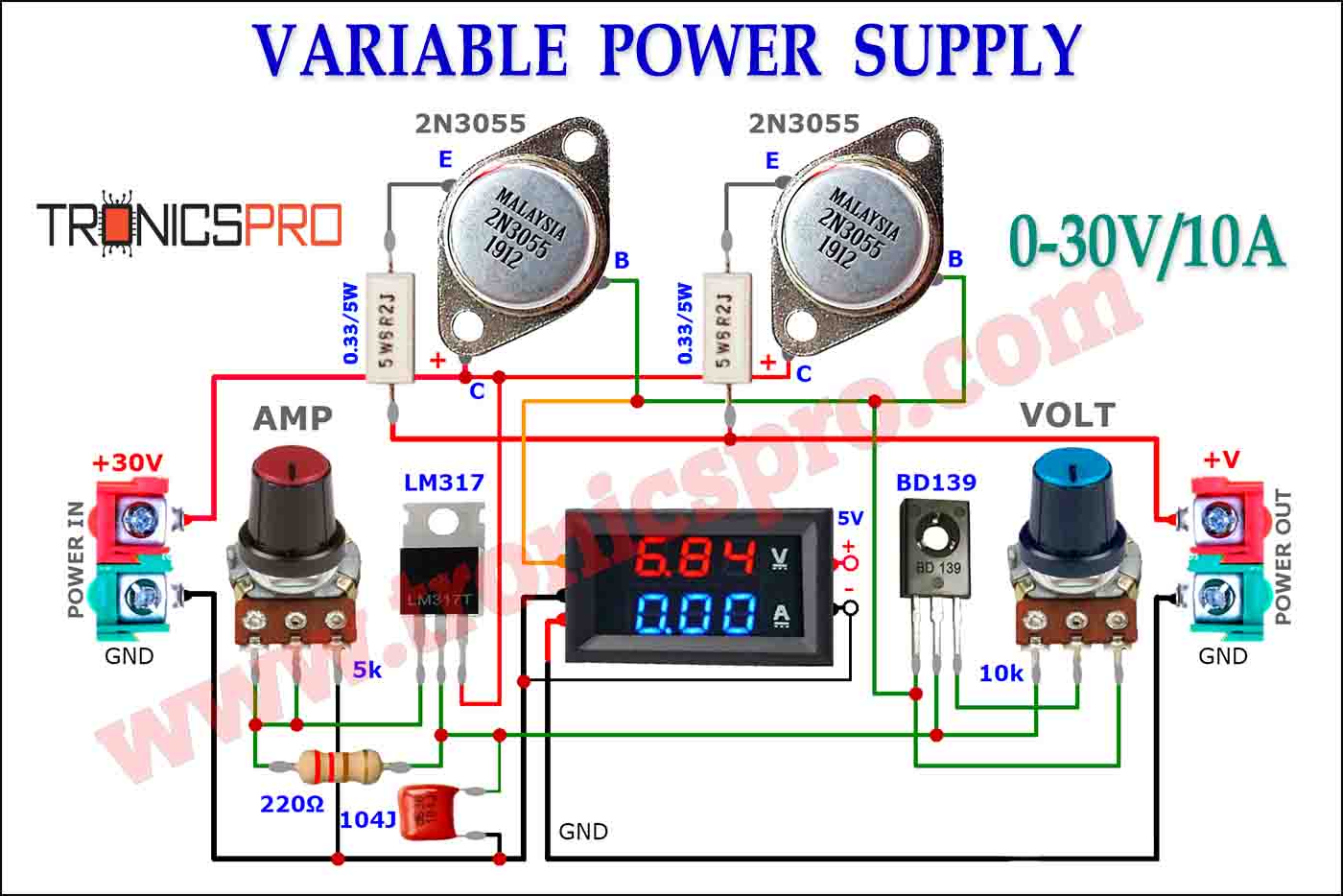
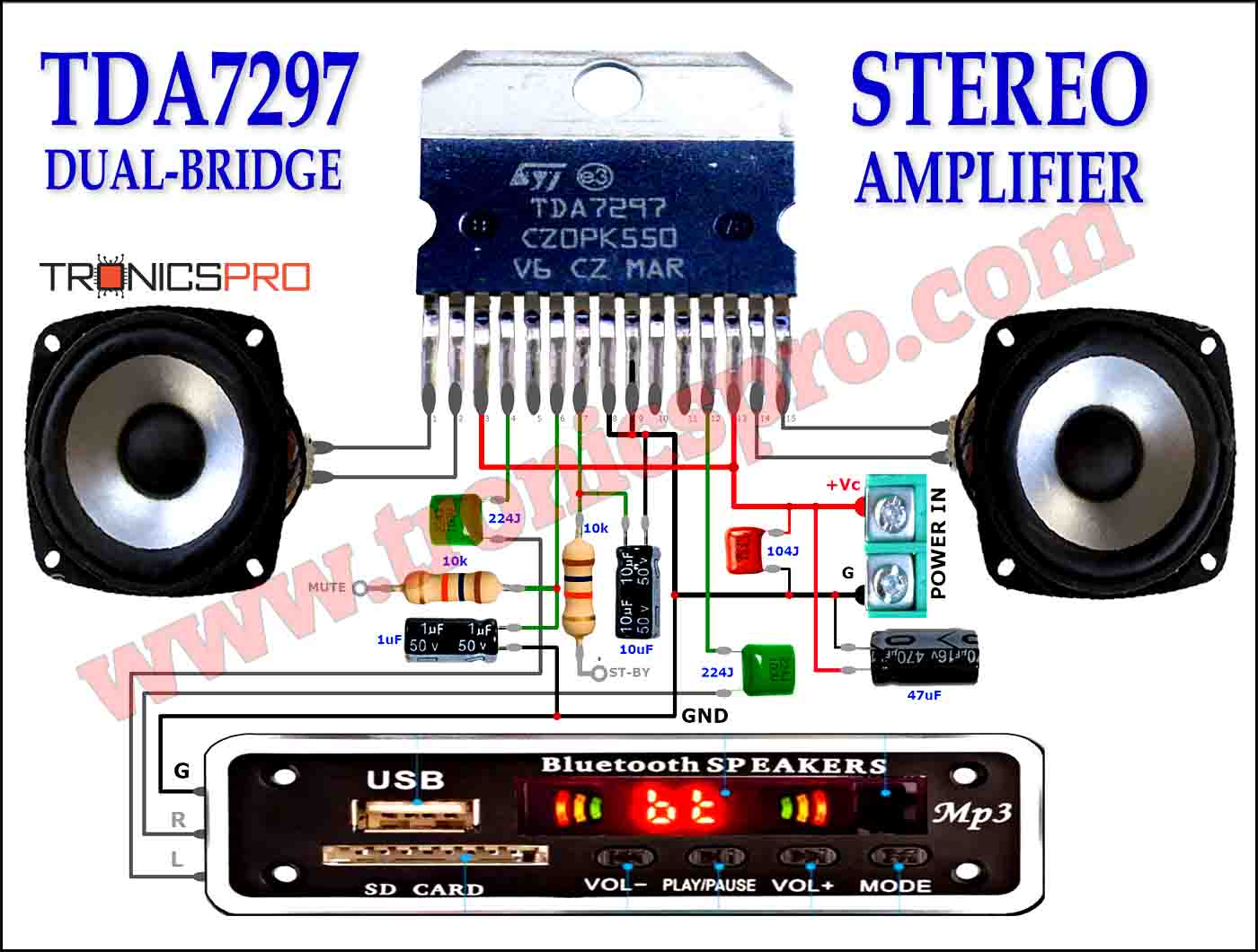
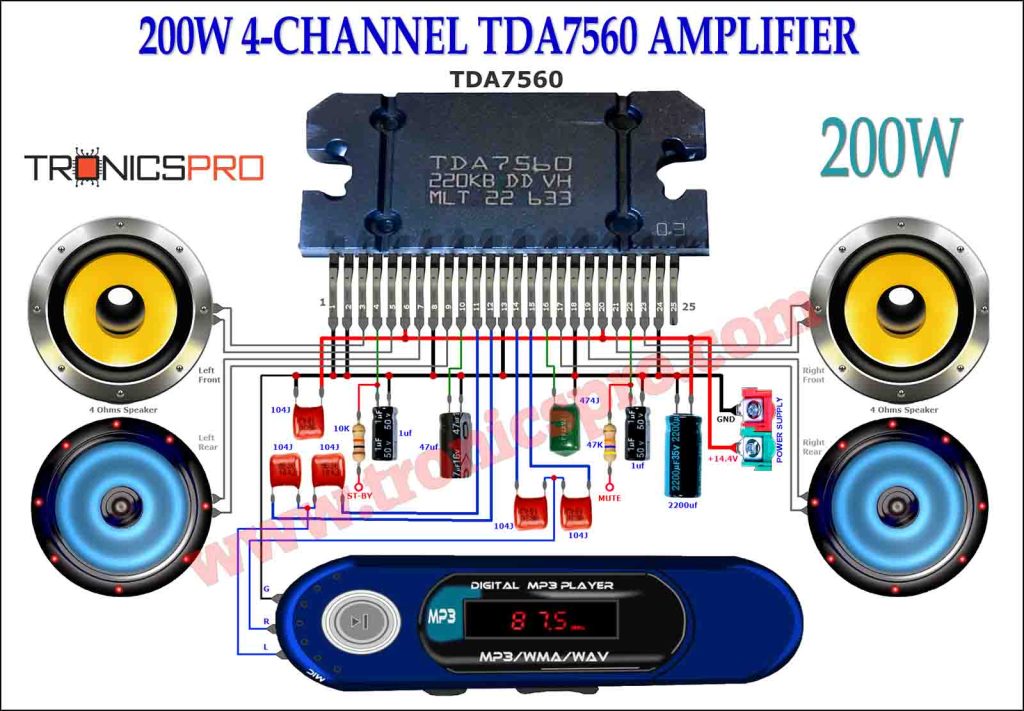
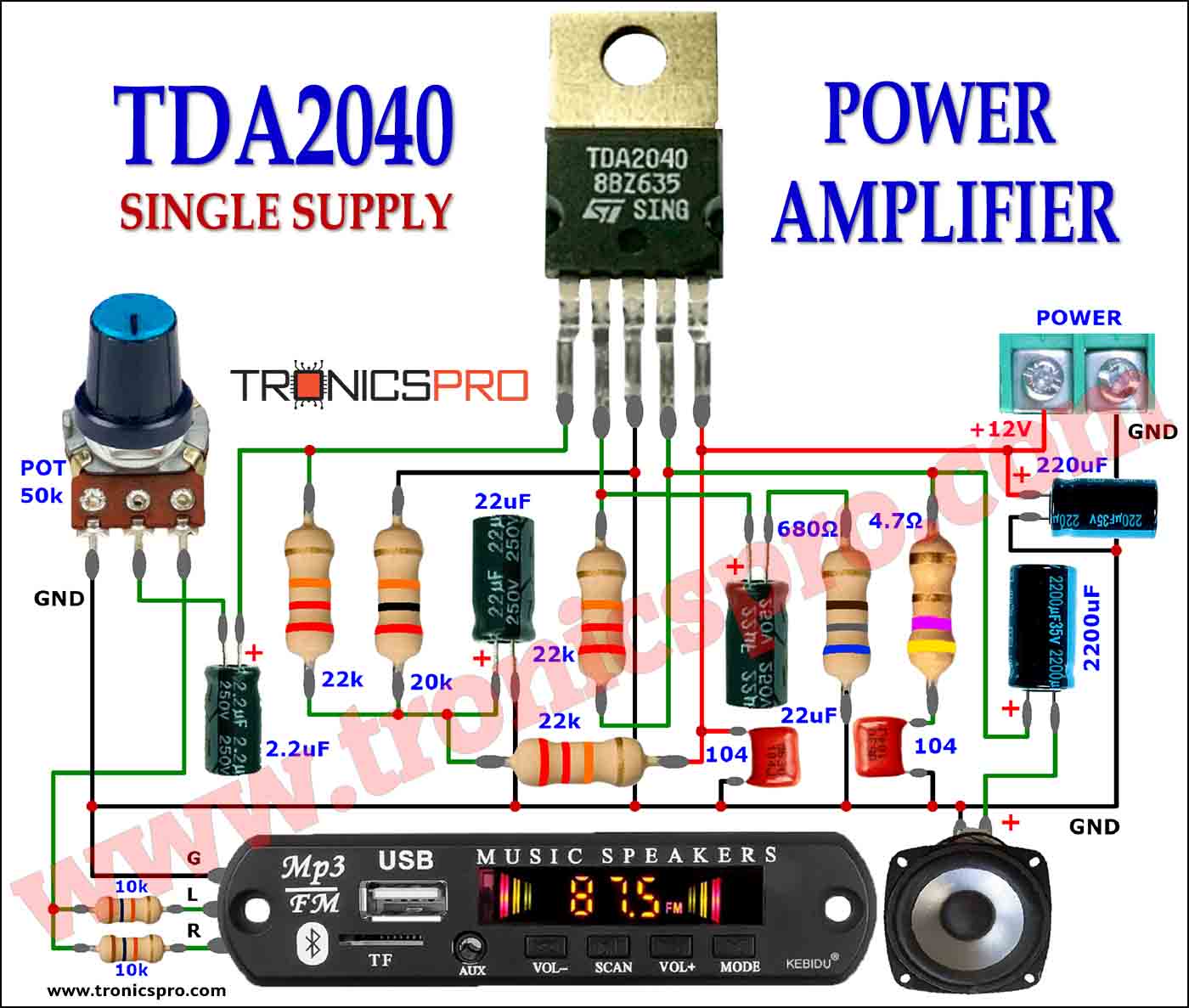
Components List of 3S BMS for 18650 Li-ion Cell
Following is the list of all components used in this project:
- 1X LM339 IC
- 1X LM317 IC
- 4X BD140 Transistors
- 1X 1N4007 Diodes
- 1x 3V ZENER DIODE
- 4x LEDS
- 1 x 5k Trimpot
- 4 x 10k Trimpots
- 4x 100 OHM Resistors
- 4x 150 OHM Resistors
- 1x 220 OHM Resistor
- 1X 10K Resistor
- 1X 22K Resistor
- 3X 18650 CELL HOLDERS
- 2x 2 Pin Terminal Blocks
- JUMPER WIRES
Explanation of 3S BMS for 18650 Li-ion Cell
Designing a 3S BMS circuit for 18650 Li-ion cell
The 3S BMS circuit is designed to monitor the voltage levels of each cell in a battery pack. The circuit is responsible for ensuring that the cells are not over-discharged or over-charged, which could lead to the destruction of the battery pack.
To assemble this project, one should carefully follow the circuit diagram provided above and ensure that all components are placed in their correct positions. The LM339 IC is responsible for monitoring the battery voltage levels, while the LM317 IC is used to regulate the charging voltage. The BD140 transistors serve as the switches to disconnect the battery pack in case of overcharging or over-discharging. Once assembled, this circuit can be easily integrated into any 3S Li-ion battery pack.
Overall, with proper assembly and installation, this 3S BMS circuit can provide reliable protection to your Li-ion battery pack and help ensure its safe and efficient operation.
Conclusion of 3S BMS for 18650 Li-ion Cell
A 3S BMS circuit is an essential part of lithium-ion battery management. The circuit ensures the longevity and safety of the battery by continuously monitoring voltage.
Overall, the 3S BMS for 18650 Li-ion Cell using LM339 IC, LM317 IC, and BD140 transistors is a simple and effective circuit that can protect your battery pack from overcharging, over-discharging, and short circuiting. This circuit utilizes popular and easily accessible components that can be found at most electronics stores, making it a cost-effective solution for those looking to build their own BMS.
More projects, You may like:
- Video Transmitter DIY Homemade FM Radio Transmitter
- Adjustable Power Supply DIY Battery Charger
- 12V-220V 500 Watt inverter DIY Homemade
- 12V-220V H-Bridge Inverter DIY Homemade
- MPPT Solar Charge Controller DIY Homemade
- 18650 battery bank free charge protection module
- D718 B688 Bass Amplifier Homemade DIY
- C5200 Bass Amplifier DIY Homemade with Volume
- DIY LA4440 bass amplifier homemade
- C5200 A1943 TDA2030 Amplifier DIY Homemade
For more project and circuit diagrams, you can go through the Schematics in the main menu where you can find many interesting projects and circuit diagrams like audio amplifier circuits, voltage booster circuit, battery charger circuit and timer circuits etc., which are all beginner circuit projects. Feel free to check them out!
Thanks for visiting the article and watching the video.














